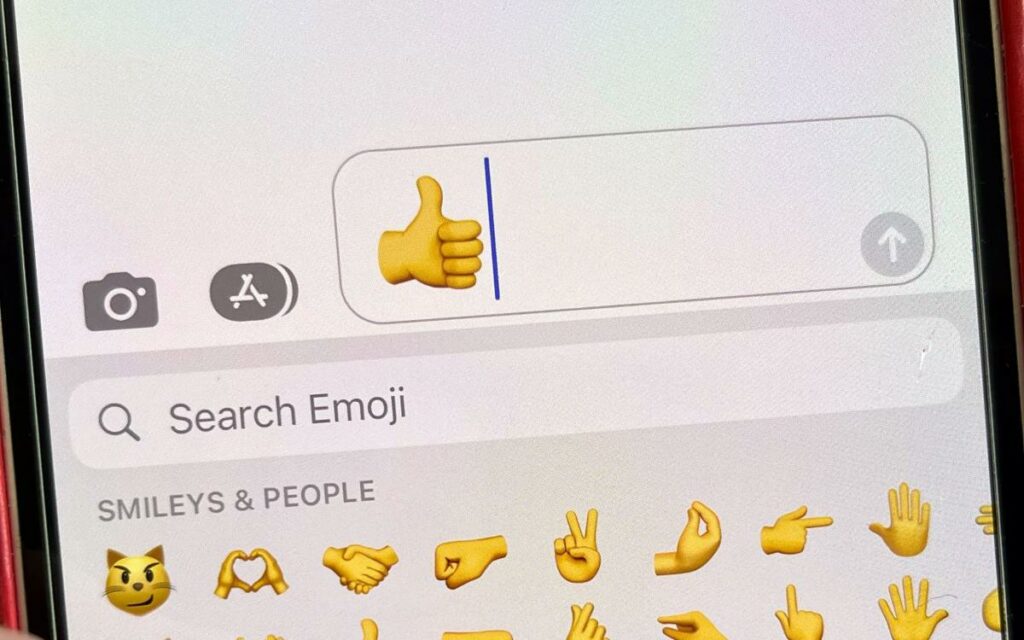
A recent case out of Saskatchewan sheds first light on the question. Photo credit: CNN
A single emoji can have a variety of meanings, but we nonetheless use them to communicate – more often in our personal lives than our business lives. People have been using emojis and previously emoticons for more than 40 years to express themselves so it is surprising that the Saskatchewan contract case of South West Terminal Ltd. v Achter Land, 2023 SKKB 116 (CanLII) is the first of its kind in Canada. Recall the days when the courts were tasked with determining whether emails were legally binding or not (they are).
The starting legal principles are that there must be a meeting of the minds on the terms and conditions of an agreement and the three basic elements of a contract must be satisfied, that is: (1) an offer; (2) its acceptance; and (3) the passing of consideration. Most people think of contracts as being formal writing agreements signed by the parties, however, the actual physical form is not important. A contract is a contract where there is an agreement between parties and there is an exchange of items of value where no signature is required. To be binding all that is required is for the parties to agree upon its terms. This applies more and more in employment law too.
In the case South West Terminal case the plaintiff (“SWT”) sought to enforce a contract that the only form of acceptance was a thumbs up emoji (“👍”). SWT claimed breach of contract, damages with interest, and costs. The defendant denied entering into the contract, denied there was a meeting of the minds, and relied on the statutory defence under subsection 6(1) of The Sale of Goods Act (“SGA“) – particularly that a contract is unenforceable where there was no note or memorandum of the contract created in writing and signed by the parties.
The issues: Was there an intention to create a contract and was the 👍 emoji enough to meet the signature requirements of the SGA in the unique circumstances of this case?
When considering this question, the court looked at the parties’ agreement as well as the context, including the circumstances surrounding the agreement such as the parties’ past conduct, which included a pattern of entering into binding contracts with succinct text confirmations of the terms of the offered contract such as: “looks good”, “ok”, or “yup” and fulfillment of the terms thereafter. Meaning in the past, the parties clearly understood these curt words were meant to be confirmation of a contract.
The Saskatchewan courts have interpreted subsection 6(1) of the SGA as requiring a document expressly or implicitly identifying the parties, the goods sold, and the price if a price was agreed without the need for a signature per se. Meaning the “signature” merely needs to show the agreement to the terms.
In making this decision the Saskatchewan court also looked at the definition of in “writing” under its Interpretation Act. The same provides that in writing is “anything represented or reproduced by any mode of representing or reproducing words in visible form”. Given texts were used, various sections of the Electronic Information and Documents Act, 2000 (“EIDA”) were also applied such as in “writing” “electronic signature” and “signature”.
Notwithstanding its acknowledgement that a 👍 emoji is a non-traditional means to “sign” a document or demonstrate acceptance of the contract, the Court determined that the contract was in writing and signed by both parties for the purposes of the SGA. In so holding the Court held:
In my opinion the signature requirement was met by the 👍 emoji originating from Chris and his unique cell phone … which was used to receive the flax contract sent by Kent. There is no issue with the authenticity of the text message which is the underlying purpose of the written and signed requirement of s. 6 of the SGA. Again, based on the facts in this case – the texting of a contract and then the seeking and receipt of approval was consistent with the previous process between SWT and Achter to enter into grain contracts.
Takeaways for employers:
All forms of modern communications have meaning and can impact legal relationships.
There are legal consequences to a person’s choice of emojis, particularly in the human rights and occupational health and safety contexts (i.e., go beyond the formation of an employment contract).
As such, whether it be in an email or a text, it is important to exercise caution when communicating with employees. To that end, the following tips may be helpful:
- A contract or agreement with an employee need not be physically signed to be agreed to). If certain conditions are desired before entering into a contract, state them clearly. Do not create the impression of a meeting of the minds if that is not the intent.
- A contract or agreement with an employee may be created over a series of emails, not just one.
- Certain emojis have a commonly accepting meaning – including sexual or violent ones, so ensure there can be no doubt as to their intended meaning.
- Avoid using emojis in your business/work communications.

Sheryl L. Johnson brings a proactive, creative, and vibrant attitude to her labour, employment and human resource law practice. Sheryl has extensive experience in representing clients in both the provincial and federal jurisdictions on all matters relating to employment and labour law, including for example construction labour law, employment related civil wrongful dismissal, human rights, and labour board litigation; privacy, governance, statutory and regulatory compliance, and executive compensation matters; as well as conducting workplace training and workplace investigations. Sheryl is also an avid educator and writer, including authoring a bi-weekly business column in The Niagara Independent and the text: Sexual Harassment in Canada: A Guide for Understanding and Prevention. Sheryl enjoys in her free time giving back to the Niagara community. She is a member of the WIN Council, Chair of the Board of Directors for the Niagara Jazz Festival, Vice-President of the Board of Directors for the YWCA Niagara Region, Secretary of Big Brothers Big Sisters of Niagara Falls Board of Directors, a board member of the Niagara Home Builders Association, and a board member of the Women in Construction group of the Niagara Construction Association.
You can connect with her on LinkedIn or contact her at sljohnson@sullivanmahoney.com.




















